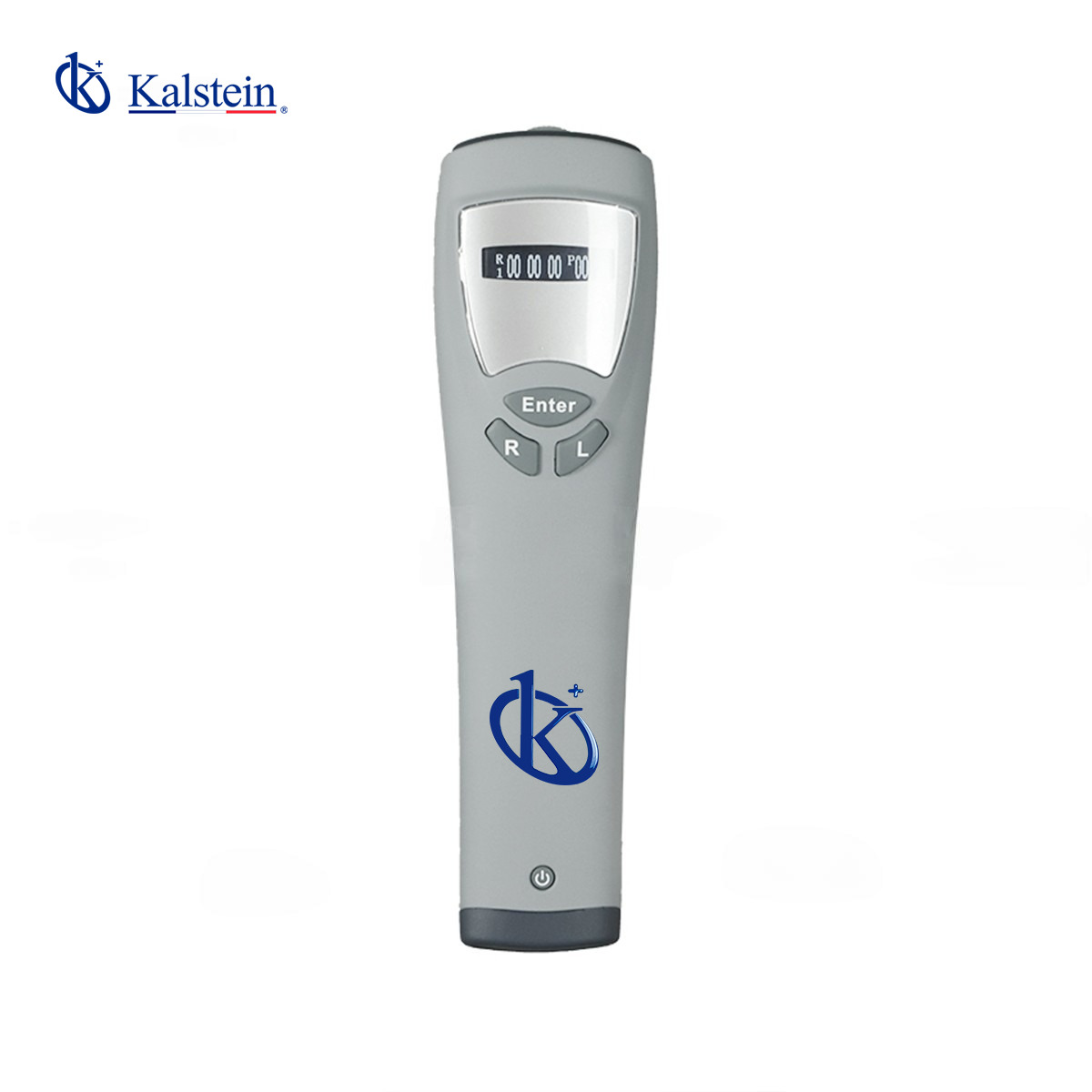Veterinary rebound tonometers represent a fundamental tool in the ophthalmic care of our animal companions.
These devices allow for precise measurement of intraocular pressure, crucial for diagnosing and monitoring conditions such as glaucoma and other eye diseases.
Are you yearning for top-tier medical equipment, ready to enhance the efficiency of your laboratory? Visit https://kalstein.it/ to explore our high-end catalog, packed with the best finds at the most competitive prices. Excellence marks our brand, we innovate and manufacture high-precision equipment, both reliable and durable to meet your needs. Why wait? Make your quick and secure online purchase, take the leap towards the future of medical technology today. https://kalstein.it/
Veterinary Rebound Tonometer: Innovation and Precision
Veterinary rebound tonometers, also known as ocular rebound pressure tonometers, employ advanced technology for quick and non-invasive measurement of intraocular pressure.
This type of device is highly valued in veterinary settings for its ease of use and accurate results, essential for early diagnosis and monitoring of eye diseases in animals.
Features of the Veterinary Rebound Tonometer
Veterinary rebound tonometers typically offer features such as:
-
Non-invasive measurement: Allows for quick measurements without causing discomfort to the animal.
-
Precision and reliability: Consistent and reliable results in various clinical conditions.
-
Portability and ease of use: Compact design and simple operation for use in veterinary clinics and field settings.
-
Compatibility with multiple species: Adaptability to measure intraocular pressure in different types of animals.
-
Advanced measurement technology: Incorporates cutting-edge technology for precise results.
-
Intuitive display: Facilitates clear and quick reading of results.
-
Durability and minimal maintenance: Designed to withstand frequent use and require minimal maintenance.
-
Integration with computer systems: Some models allow for data transfer for analysis and clinical records.
Why Does the Veterinary Rebound Tonometer Have This Price?
The cost of a veterinary rebound tonometer can vary depending on the brand, specific features, and incorporated technology.
Generally, the price reflects the build quality, measurement accuracy, and manufacturer warranty. High-end tonometers often justify their price with increased durability, improved accuracy, and adequate technical support.
Compare the Veterinary Rebound Tonometer with Similar Products
Comparing the veterinary rebound tonometer with other products in the market, we highlight:
-
Kalstein: Offers a unique combination of precision, ease of use, and durability, ideal for demanding veterinary practices.
-
Reichert TonoVera Vet: Known for reliability and robustness in measuring intraocular pressure in animals.
-
iCare Tonovet Plus: Stands out for its non-contact tonometry technology, being an advanced option for veterinarians.
Pros and Cons of Veterinary Rebound Tonometers
|
Pros |
Cons |
|
Measurement precision |
Requires periodic calibration |
|
Non-invasive, reduces animal stress |
Higher initial cost |
|
Easy to use and portable |
Sensitive to extreme environmental conditions |
|
Fast and consistent results |
May require training for operation |
|
Compatible with multiple species |
Not suitable for all types of animals |
|
Integration with computer systems |
Readings may vary in patients with severe eye conditions |
|
Durability and low maintenance |
Parts may require replacement over time |
|
Strong technical support and customer service |
Advantages of these Veterinary Rebound Tonometers
Veterinary rebound tonometers offer several significant advantages, including their ability to provide quick and accurate measurements of intraocular pressure without causing additional discomfort to animal patients.
Their intuitive design and portability make them indispensable tools for any veterinary practice committed to quality ophthalmic care.
Other Benefits of these Veterinary Rebound Tonometers
In addition to their accuracy and ease of use, these devices offer additional benefits such as integration with electronic medical record systems, facilitating data management and improving operational efficiency in veterinary clinics.
Their durability and low maintenance ensure a long-term investment for professionals seeking reliable and effective equipment.
Understanding Opinions on Veterinary Rebound Tonometers
User and veterinarian opinions highlight the reliability and usefulness of veterinary rebound tonometers in daily clinical practice. Most agree on the importance of measurement accuracy and ease of use as decisive factors when choosing a device for measuring intraocular pressure in animals.
Frequently Asked Questions
-
How is a veterinary rebound tonometer used?
A veterinary rebound tonometer is used by placing the device near the animal’s eye and activating measurement with a button. Results are displayed quickly and accurately on the device screen.
-
Is it safe to use a rebound tonometer on animals?
Yes, rebound tonometers are designed to be safe and non-invasive, minimizing stress in animals during intraocular pressure measurement.
-
Which animals can be evaluated with a rebound tonometer?
Rebound tonometers are suitable for a wide range of animal species, including dogs, cats, horses, and exotic animals.
-
What is the difference between a rebound tonometer and other types of tonometers?
Unlike contact tonometers, rebound tonometers do not require the use of topical anesthesia and are less invasive, providing quick and accurate results.
-
Is it necessary to calibrate a veterinary rebound tonometer?
Yes, periodic calibrations according to manufacturer specifications are recommended to ensure measurement accuracy.
-
What should I consider when choosing a veterinary rebound tonometer?
It is important to consider measurement accuracy, ease of use, compatibility with different species, and technical support offered by the manufacturer.
Conclusions on these Veterinary Rebound Tonometers
In conclusion, veterinary rebound tonometers are indispensable tools for any veterinary clinic committed to the ocular health of their animal patients.
Their ability to provide quick and accurate measurements, along with ease of use and portability, makes them a standout choice for professionals looking to optimize the diagnosis and management of ophthalmic diseases. While they present challenges such as initial cost and regular maintenance needs, their benefits outweigh these aspects, ensuring a positive return in terms of animal health and well-being.

